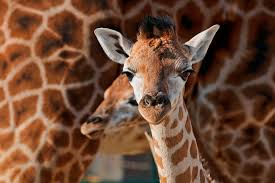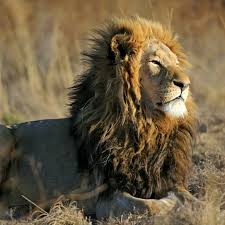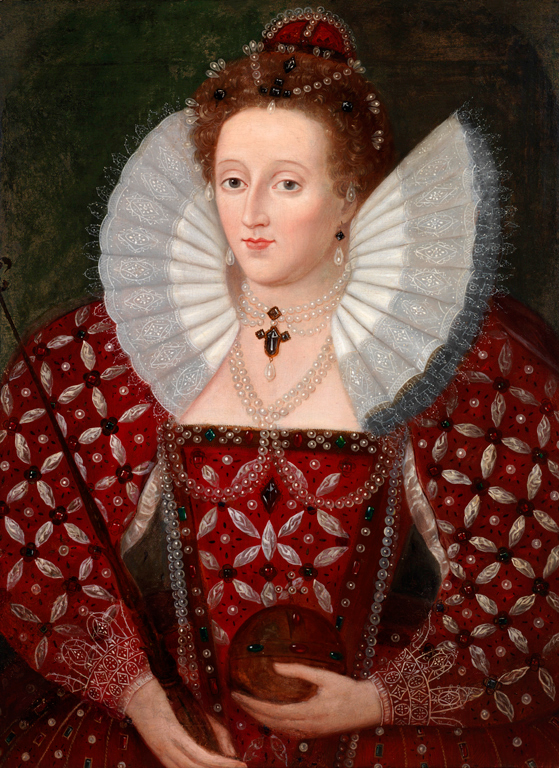Booklet Pane: Gnu (Connochaetes sp.) (British East Africa (Kenya, Uganda and Tanganyika) 1961)
Gnu (Connochaetes sp.) (British East Africa (Kenya, Uganda and Tanganyika) 1961)
01 February (British East Africa (Kenya, Uganda and Tanganyika) ) within release Flora, Fauna & Landscapes goes into circulation Booklet Pane Gnu (Connochaetes sp.) face value 4*20 East African cent
| Booklet Pane Gnu (Connochaetes sp.) in catalogues | |
|---|---|
| Stamp Number: | Sn: EA 123a |
Booklet Pane is square format.
Selvage must be attached to the stamps to ensure origin from booklet pane rather than full pane of stamps.Also in the issue Flora, Fauna & Landscapes:
- Booklet Pane - Coffee bush face value 4*15;
- Booklet Pane - Cotton face value 4*10;
- Booklet Pane - Gnu (Connochaetes sp.) face value 4*20;
- Booklet Pane - Thomson's Gazelle (Gazella thomsoni) face value 4*30;
- Booklet Pane - Zebra (Equus sp.) face value 4*50;
- Booklet - East African Posts and Telecommunications Administration face value 5;
Booklet Pane Gnu (Connochaetes sp.) it reflects the thematic directions:
Animals are multicellular, eukaryotic organisms of the kingdom Animalia (also called Metazoa). All animals are motile, meaning they can move spontaneously and independently, at some point in their lives. Their body plan eventually becomes fixed as they develop, although some undergo a process of metamorphosis later on in their lives. All animals are heterotrophs: they must ingest other organisms or their products for sustenance.
Birds (Aves), a subgroup of Reptiles, are the last living examples of Dinosaurs. They are a group of endothermic vertebrates, characterised by feathers, toothless beaked jaws, the laying of hard-shelled eggs, a high metabolic rate, a four-chambered heart, and a strong yet lightweight skeleton. Birds live worldwide and range in size from the 5 cm (2 in) bee hummingbird to the 2.75 m (9 ft) ostrich. They rank as the class of tetrapods with the most living species, at approximately ten thousand, with more than half of these being passerines, sometimes known as perching birds. Birds are the closest living relatives of crocodilians.
The giraffe is a large African hoofed mammal belonging to the genus Giraffa. It is the tallest living terrestrial animal and the largest ruminant on Earth. Traditionally, giraffes have been thought of as one species, Giraffa camelopardalis, with nine subspecies. Most recently, researchers proposed dividing them into up to eight extant species due to new research into their mitochondrial and nuclear DNA, and individual species can be distinguished by their fur coat patterns. Seven other extinct species of Giraffa are known from the fossil record
A head of state (or chief of state) is the public persona that officially represents the national unity and legitimacy of a sovereign state. In some countries, the head of state is a ceremonial figurehead with limited or no executive power, while in others, the head of state is also the head of government. In countries with parliamentary governments, the head of state is typically a ceremonial figurehead that does not actually guide day-to-day government activities and may not be empowered to exercise any kind of secular political authority (e.g., Queen Elizabeth II as Head of the Commonwealth). In countries where the head of state is also the head of government, the president serves as both a public figurehead and the actual highest ranking political leader who oversees the executive branch (e.g., the President of the United States).
Лев (Panthera leo) — крупный представитель семейства кошачьих рода Panthera, обитающий в странах Африки к югу от Сахары и Индии. У него мускулистое тело с широкой грудью, короткая округлая голова, круглые уши и тёмный пучок волос на кончике хвоста. У него ярко выражен половой диморфизм: взрослые самцы крупнее самок и имеют густую гриву. Это социальный вид, образующий группы, называемые прайдами. Львиный прайд состоит из нескольких взрослых самцов, родственных самок и детёнышей. Группы львиц обычно охотятся вместе, охотясь в основном на средних и крупных копытных. Лев — высший и ключевой хищник.
Mammals are any vertebrates within the class Mammalia (/məˈmeɪli.ə/ from Latin mamma "breast"), a clade of endothermic amniotes distinguished from reptiles (including birds) by the possession of a neocortex (a region of the brain), hair, three middle ear bones and mammary glands. All female mammals nurse their young with milk, secreted from the mammary glands. Mammals include the largest animals on the planet, the great whales. The basic body type is a terrestrial quadruped, but some mammals are adapted for life at sea, in the air, in trees, underground or on two legs. The largest group of mammals, the placentals, have a placenta, which enables the feeding of the fetus during gestation. Mammals range in size from the 30–40 mm (1.2–1.6 in) bumblebee bat to the 30-meter (98 ft) blue whale. With the exception of the five species of monotreme (egg-laying mammals), all modern mammals give birth to live young. Most mammals, including the six most species-rich orders, belong to the placental group. The largest orders are the rodents, bats and Soricomorpha (shrews and allies). The next three biggest orders, depending on the biological classification scheme used, are the Primates (apes and monkeys), the Cetartiodactyla (whales and even-toed ungulates), and the Carnivora (cats, dogs, seals, and allies).
Queen - the title of reigning female monarch or the wife of the king in a number of countries
A Royalty is the immediate family of a king or queen regnant, and sometimes his or her extended family. The term imperial family appropriately describes the family of an emperor or empress, and the term papal family describes the family of a pope, while the terms baronial family, comital family, ducal family, grand ducal family, or princely family are more appropriate to describe the relatives of a reigning baron, count, duke, grand duke, or prince. However, in common parlance members of any family which reigns by hereditary right are often referred to as royalty or "royals." It is also customary in some circles to refer to the extended relations of a deposed monarch and his or her descendants as a royal family. A dynasty is sometimes referred to as "the House of ...". As of July 2013, there are 26 active sovereign monarchies in the world who rule or reign over 43 countries in all








